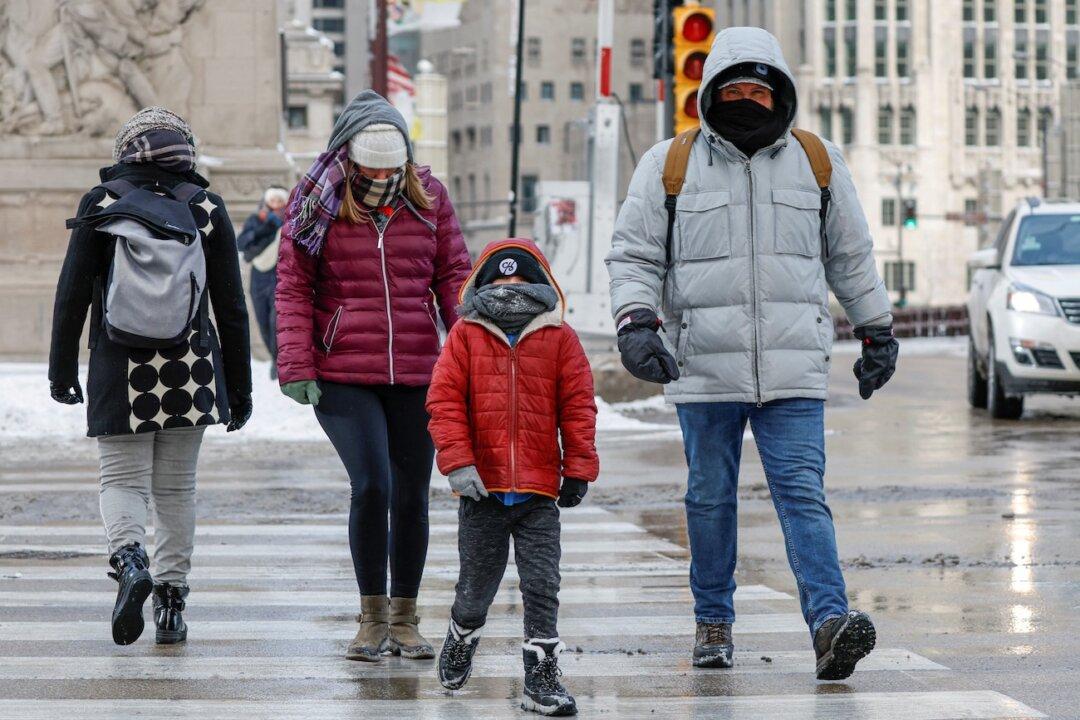The COVID-19 Omicron XBB.1.5 subvariant nearly doubled in prevalence over the past week, data from the U.S. Centers for Disease Control and Prevention (CDC) showed on Friday, with it now comprising over 40 percent of new cases in the United States.
Specifically, for the week ending Dec. 31, CDC data puts the Omicron XBB.1.5 subvariant as making up 40.5 percent of the total new COVID-19 cases in the country. That figure was 21.7 percent in the week ending Dec. 24.




